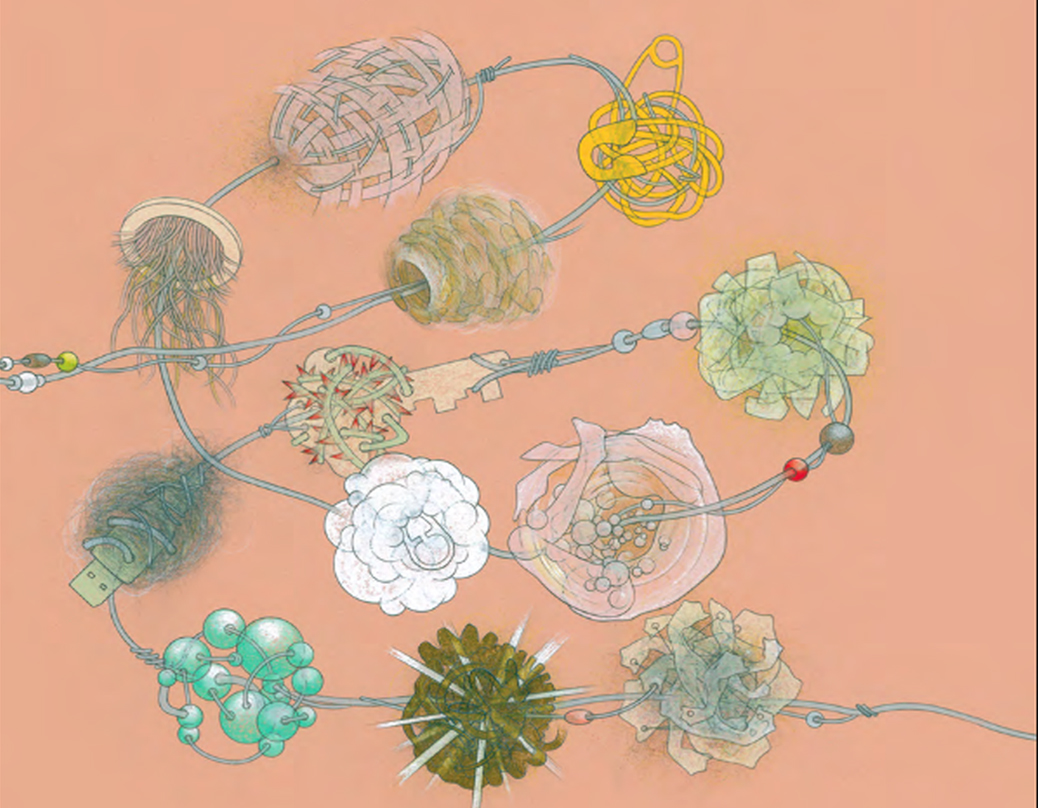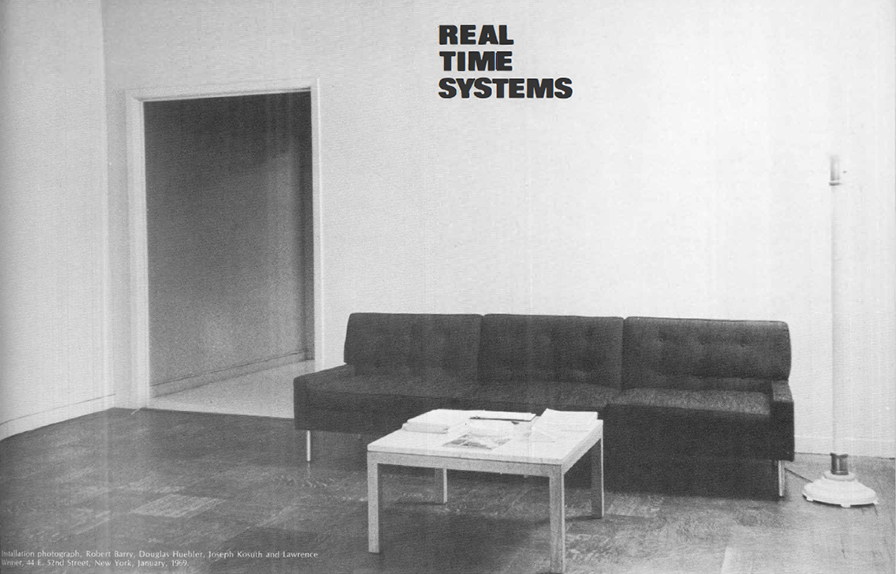Crime is not a moral but a legal concept. Philosophers and social scientist have viewed it from a number of perspectives – as a reflection of consensual norms, as the justification for an oppressive means of control imposed on the free individual by hypocritical social elite, or as a conceptual guide for an impersonal bureaucracy as it tries to resolve disputes and maintain law order. But it is all of those and more, you will say! And you are right, because norms are never fully consensual, social power is never entirely antagonistic, and legal procedures are never fully rational, impersonal, or free from sentiment and bias. The difficulty of setting on a universal understanding of what crime is in any given situation was one of the paths toward postmodern relativism in the late twentieth century.
However, even the most ardent postmodernist acknowledge the existence of a “thin core” of universally accepted crimes such as murder, child abuse, environmental despoliation, the exploitation of vulnerable individuals, and so on. But establishing which actions should belong to the “thin core” required an investigation of the concept that underlines crime, which is harm. This study, known as zemiology, immediately ran into a fundamental problem. The liberal Enlightenment was founded on the principle of freedom – negative freedom from overbearing authority and positive freedom to pursue one’s desires and interests. Given this general orientation, liberal thought on harm proceeds on the assumption of harmlessness. Actions must be assumed harmless until proven otherwise. Authoritarian societies tend to reverse the principle, regarding, often prematurely, any slight transgression as a threat to the delicate tissue of values, norms, and institutions on which a stable way of life depends.
The concept of harm is an ontological mess endlessly churning in the middle of those two poles. As ultra-realist criminologist Tom Raymen argues in his book The Enigma if Social Harm, the conservative idea that almost everything we say or do is harmful sits opposite the liberal decree that it’s usually harmless. Harm is conceptually deeper than crime, but not deep enough. If we dare to look underneath the zemiological mess, we can see that both totalitarianism and liberalism are both of nothing other than the fear of each other, and deeper still lie the psychological fears of extreme authority and freedom.
However, the more successful of those who risk inflicting harm on others as they commit crimes seem to have conquered and transcended these fears. Whether they are short-selling or lending irresponsibly from their positions in the financial sector, or allowing corporate industrial processes to pollute rivers, distributing drugs and organizing prostitution on poor housing estates, they seem adept at avoiding prosecution and appear at first glance as free, successful people. The art world is perhaps a rather poorly defended space that such exploitative individuals can infiltrate to commit crimes of varying zemiological magnitude – fraud, forgery, burglary, war looting, archeological looting and so on are relatively common activities while the sexual exploitation of children by abusers posing as innocent artists is not entirely unknown.







